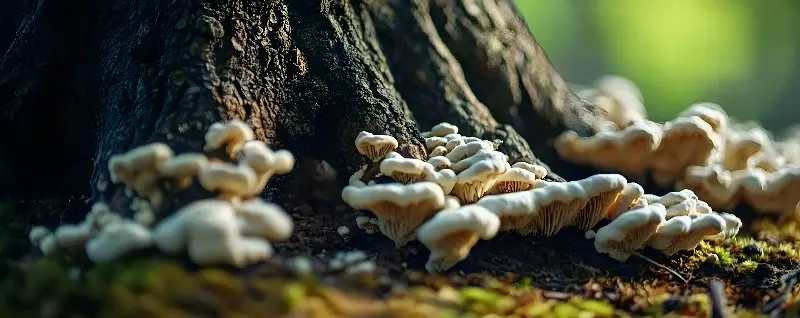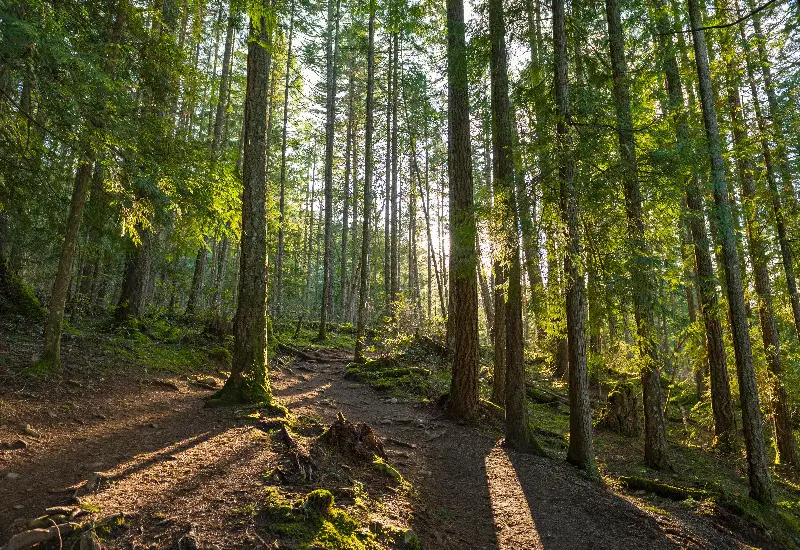Imagine walking through a lush forest, surrounded by towering trees. Each one stands tall and silent, or so it seems. But beneath your feet and all around you, a silent conversation is taking place—a mysterious soap opera of aromas, chemicals, and underground highways. Welcome to the secret language of trees, where forests murmur warnings, share resources, and even nurture their young. The secret is out, and it’s even more fascinating than whispering willows or talking oaks from fairy tales.

How Trees Talk: The Chemistry Of Communication
It’s no legend—trees communicate with each other, and the language they use is chemical. When a tree is attacked by pests, such as a hungry caterpillar or beetle, it can release chemicals called volatile organic compounds (VOCs) into the air. These airborne messages drift across to neighbouring trees, alerting them to the threat. Within hours, those neighbours begin producing their own chemical defences, making their leaves less tasty or more toxic to would-be attackers.
This wasn’t discovered by fantasy writers, but by curious scientists in the late 20th century. African acacia trees, for example, emit ethylene gas when grazed by giraffes. Other trees in the area “smell” the warning and pump up the bitter-tasting tannins in their leaves, making a giraffe’s lunch much less appealing. It’s a real-life warning system—one that works on invisible currents in the forest air.
The Wood Wide Web: Underground Networks
Communication doesn’t stop at air-borne warnings. Down below, a world just as dynamic exists. The “wood wide web”, a play on the actual world wide web, is the network of fungal threads called mycorrhizae that link trees through their roots. Mycorrhizal fungi form partnerships with the roots of almost every tree species. Not only do these fungi help trees absorb water and nutrients, but they also carry messages and resources from tree to tree.
Through these underground networks, trees have been found to share sugars and nutrients, especially with younger, weaker, or shaded trees that might not survive without help. Imagine a mother tree feeding her saplings through this hidden network, or older trees rallying to support ailing companions during droughts. If a tree is wounded or dying, it can even send its remaining resources to its neighbours as a final act of generosity. In one study, researchers found that a single mature tree could be connected to hundreds of other plants, forming a massive information hub beneath the soil.

Warning Bells And Scented Signals
Not only do these networks move food, but they move alarm calls. Trees under attack send warning signals via their roots and associated fungi, alerting others to bolster their defences before trouble arrives. When a pest outbreak occurs, chemicals triggered by the attack can pass underground, priming entire groves for defence. This process is so sophisticated that some trees can distinguish between different types of attackers—say, a nibbling insect or a fungal disease—and tailor their warning accordingly.
Above ground, the aroma of a freshly-mown lawn or the scent of crushed pine needles isn’t just for our noses. These smells are messages meant to be read by the entire forest community: “Danger is here. Get ready.” For many insects and animals, these signals are a powerful deterrent, warning them that a meal might now be tainted with natural pesticides.
Mother Trees And Forest Families
The concept of “mother trees” is both poetic and scientific. Some of the biggest, oldest trees in a forest function as central hubs, supporting their “families” through the wood wide web. Canadian ecologist Suzanne Simard famously showed that these mother trees can send extra nutrients to their offspring and even recognise the difference between their own progeny and unrelated seedlings.
Mother trees have deep, extensive root systems, letting them draw up water and nutrients and share them with younger or smaller trees nearby. When forests are logged or large mother trees are removed, the entire community can suffer, losing the wisdom and resources these elder trees provide. Their presence supports resilience and helps ensure that new generations have the best start in life.

Why Tree Talk Matters For Us All
So why should people care about whispering forests and hidden fungal highways? Understanding how trees communicate isn’t just fascinating trivia—it has major implications for how we manage and conserve forests. Healthy forest networks are better at withstanding drought, disease, and pests. By protecting the invisible connections between trees, we can create forests that are more resilient in the face of climate change.
Forests aren’t just collections of individuals—they’re interactive communities where cooperation, support, and conflict play out silently beneath the canopy. Future urban planners, gardeners, and nature lovers can help by championing biodiversity, preserving old-growth trees, and recognising the importance of keeping these “networks” intact.
Next time you’re out in the woods, pause and listen. The silence might be full of whispered secrets, a sophisticated language of survival and cooperation that humans are only just beginning to understand. The more we learn from trees, the better chance we have to keep forests thriving—for us, for wildlife, and for generations yet to come.
